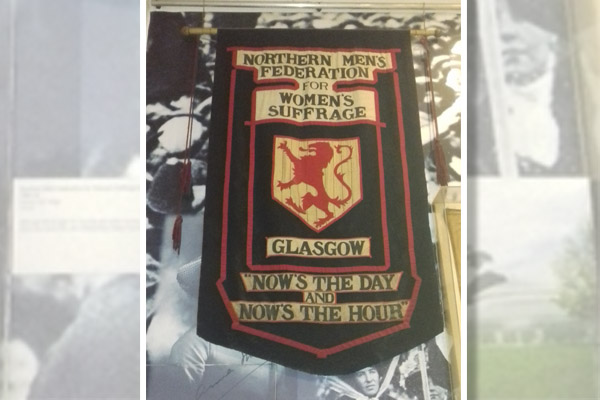Considering How To Structure Your Serial

We receive a lot of serial proposals here on the Fiction team.
Usually these proposals include the complete first instalment, plus a synopsis laying out the plot of each subsequent part of the story.
Serials are subject to the same guidance as our short stories, so if you’re thinking about submitting one you should definitely read these back to front.
With serials in particular, structure is all important. Structural deficiencies are some of the most common reasons serials will fail editorial approval.
Structure relates to plot — the development of story events.
This equates to placing characters in situations they would normally avoid. Why? Because it creates conflict, and conflict drives story events forward.
Our serials generally comprise of three, four or five scenes or chapters. Writing anything less would risk the plot stalling, and any more might lead to disjointed scenes.
Their structure will always have a bearing on characterisation. After all, the scenes are the “stage” for the characters to perform.
Having at least two main viewpoint characters, each with their own storyline, will offer some balance to a serial instalment.
Engaging the reader
But be careful. A reader wants to quickly engage with the protagonists, and too many points of view in scenes will only dilute their interest.
A solid serial structure will preferably involve homey storylines, which will help strengthen reader identification.
Placing emotional, family-based situations at its centre will make the plot standout for all the right reasons. There should be a natural story arc in each scene, encouraging the reader to read on.
A purpose
Everything relating to structure must serve a purpose.
The heroine might be having tea with the vicar, but that leisurely scene has to be there for a reason — whether it’s to cause conflict, suspicion, or have an impact in a later event.
The curtain
Each instalment of a serial, bar the final instalment, will end on a curtain.
A serial curtain is a cliff-hanger, where the reader is on tenterhooks as to what happens next.
TV soaps tend to have memorable curtains at the end of each episode.
I’ll finish with this piece of advice: structure relates to characters, who relate to readers.
In “Friend” fiction, that’s a winning formula.
You can find more tips in our Writing Tools section.










